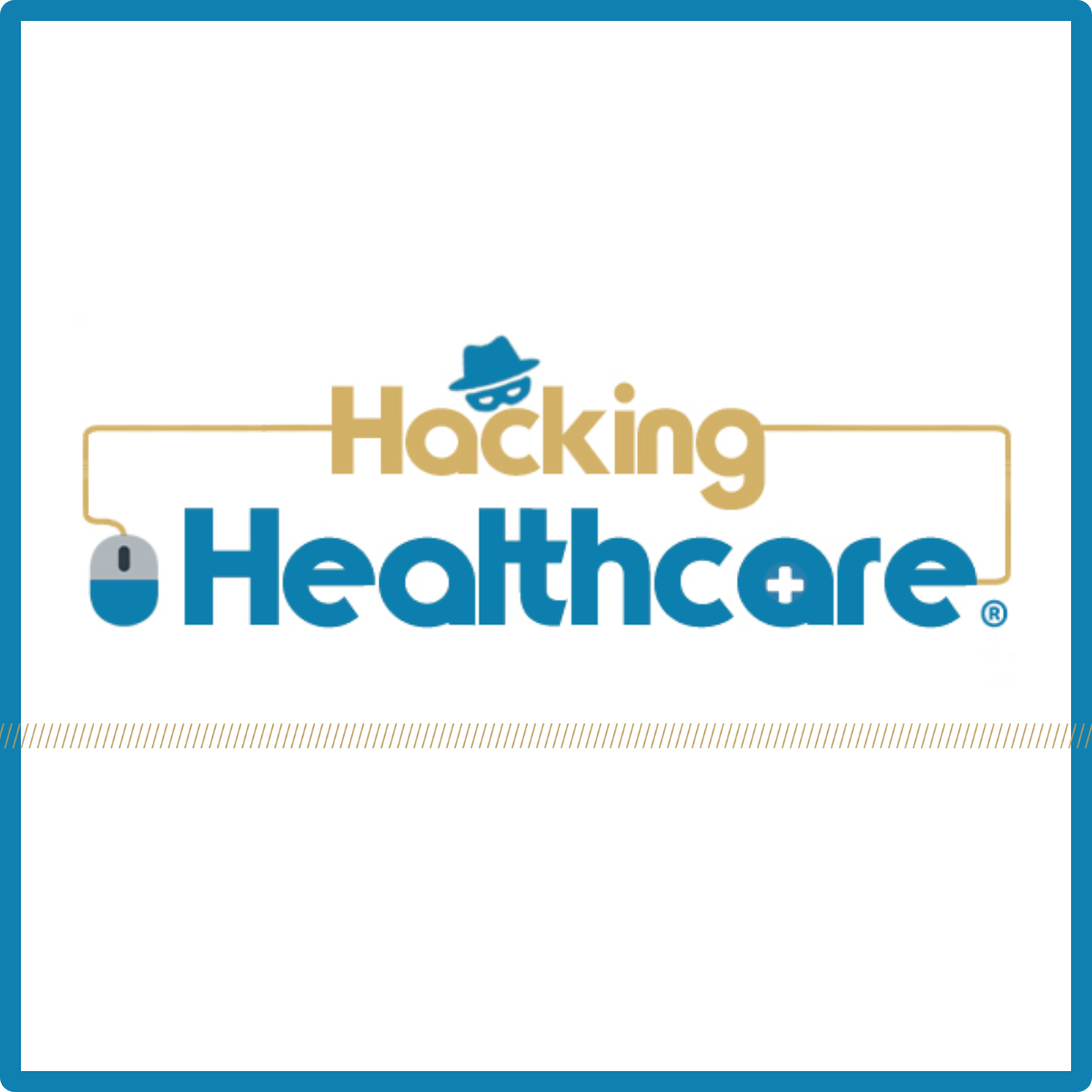
In reversing a prior decision the Supreme Court of the United States (SCOTUS) made decades ago, the current SCOTUS has primed the United States (U.S.) federal regulatory landscape for widespread legal challenges. This edition of Hacking Healthcare®[i] explores what Health-ISAC members should know about how the SCOTUS decision in Loper Bright Enterprises v. Raimondo could significantly alter the cybersecurity and privacy regulatory landscape in the U.S.
As a reminder, this is the public version of the Hacking Healthcare blog. For additional in-depth analysis and opinion, become a member of H-ISAC and receive the TLP Amber version of this blog (available in the Member Portal.)
PDF Version:
TLP WHITE 7.18.2024 Hacking Healthcare®
Size : 156.9 kB Format : PDF
Text Version:
Welcome back to Hacking Healthcare®
U.S. Supreme Court Decision Likely to Impact Cybersecurity Regulations
On June 28, SCOTUS released its decision on Loper Bright Enterprises v. Raimondo that reversed an earlier SCOTUS ruling in Chevron v. Natural Resources Defense Council.[ii] The result of this decision will likely have momentous effects on the federal regulatory landscape for years to come and may invalidate or require the revision of existing cybersecurity and privacy regulations that affect the Healthcare and Public Health (HPH) sector.
Before we begin, please note that the authors of Hacking Healthcare® are not lawyers and that a detailed legal analysis is beyond the scope of this newsletter. For our purposes, the brief overview of the two cases provided below focuses on the legal precedent that was set after the Chevron decision in 1984, and the generally accepted understanding of what the Loper Bright Enterprises case means for challenges to federal regulations.
Why was “Chevron Deference” Important?
The SCOTUS decision in Chevron v Natural Resources Defense Council established which became known as “Chevron deference” or the “Chevron doctrine.”
This deference meant that when U.S. courts heard legal challenges to federal agency regulations or enforcement actions, the courts were required to “defer” to the agency’s interpretation of a statute (i.e., a law passed by Congress) as long as the agency’s interpretation was “permissible.” As a result, when congressionally passed laws are ambiguous, and the agency interpretation was reasonable, a federal agency had considerable discretion to determine the scope of its authority under the law to establish and enforce regulations.
For regulatory agencies within each presidential administration, this meant they were often able to pursue policy aims through creative but plausible interpretations of the law. For Congress, this meant that they did not necessarily need to be subject matter experts and could pass laws that were not overly prescriptive, relying on agencies to fill in the details. For industry or advocacy groups litigating federal regulations, it meant a more difficult time overturning or modifying regulations and enforcement decisions in court.
SCOTUS Ends Chevron Deference
The recent SCOTUS decision in Loper Bright Enterprises v. Raimondo essentially puts an end to Chevron deference and ushers in a new paradigm where the courts will have greater say in how ambiguous laws should be interpreted. As the Center for Cybersecurity Policy and Law describes it “The ruling will be used by courts in deciding cases that challenge whether a regulation exceeds Congressional authority” and that “[t]he ruling applies to both existing and future regulations.”[iii]
Action & Analysis
**Included with Health-ISAC Membership**
[i] Hacking Healthcare is officially registered in the U.S. Patent and Trademark Office to the Health-ISAC
[ii] Background and professional legal analysis of the specifics of these court cases is beyond the scope of this newsletter. However, for those interested, the SCOTUS opinions for Loper Bright Enterprises v. Raimondo & Chevron v. Natural Resources Defense Council can be found at https://www.supremecourt.gov/opinions/23pdf/22-451_7m58.pdf & https://www.law.cornell.edu/supremecourt/text/467/837. Furthermore, a brief legal analysis can be found at https://www.venable.com/insights/publications/2024/chevron-decision/supreme-court-chevron-deference-decision
[iii]https://www.centerforcybersecuritypolicy.org/insights-and-research/chevron-pattern-disrupted-the-impact-on-cybersecurity-regulations
- Related Resources & News
- Potential Terror Threat Targeted at Health Sector – AHA & Health-ISAC Joint Threat Bulletin
- New Cybersecurity Policies Could Protect Patient Health Data
- CyberWire Podcast: PHP flaw sparks global attack wave
- Health-ISAC Hacking Healthcare 3-14-2025
- HSCC Aiming to Identify Healthcare Workflow Chokepoints
- New Healthcare Security Benchmark Highlights Key Investment Priorities and Risks
- Are Efforts to Help Secure Rural Hospitals Doing Any Good?
- CISA cuts $10 million annually from ISAC funding for states amid wider cyber cuts
- 2024 Health-ISAC Discussion Based Exercise Series After-Action Report
- Cobalt Strike takedown effort cuts cracked versions by 80%
